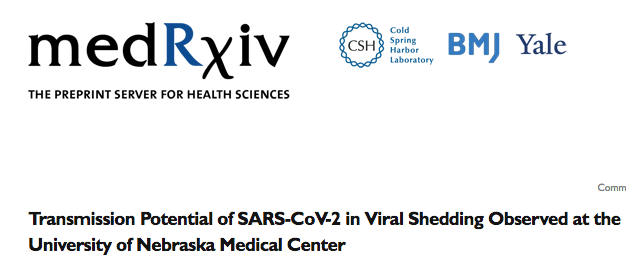
LOS ANGELES – Using virtual reality, a video released by the George Washington University Hospital showed the lungs of a 59-year-old male patient with COVID-19, and the damage depicted is not something to be taken lightly.
In a podcast for GW University, Dr. Keith Mortman walked listeners through the moment the infected patient first began to develop symptoms to the horrifying devastation the novel coronavirus caused to the patient’s lungs.
Mortman explained that the specific case got so bad that the patient had to have all of his blood removed to be oxygenated and returned to his body because the mechanical ventilator by itself was no longer sufficient.
Why social distancing can save lives amid COVID-19 pandemic
Social distancing is not only about preventing the illness itself, but rather, slowing the rate at which people get sick.
The man’s condition escalated quickly and drastically from a fever and a cough.
When looking at the video showing the state of the patient’s lungs, Mortman said a person doesn’t have to be a physician to see how bad it is.
“There is such a stark contrast between the virus-infected abnormal lung and the more healthy, adjacent lung tissue,” said Mortman. “And it’s such a contrast that you do not need an MD after your name to understand these images.”
Mortman explained that the damage is not isolated to one single part of the lung, but rather “both lungs diffusely,” and lasting damage could be caused beyond recovery.
“When that inflammation does not subside with time, then it becomes essentially scarring in the lungs, creating long-term damage,” he said. “It could impact somebody’s ability to breathe in the long term.”
Mortman hopes that by utilizing virtual reality technology to show the extent of the damage done by the novel coronavirus, the public can get a good idea of just how serious the virus really is.
More importantly, Mortman noteed that the patient’s only underlying medical condition was high blood pressure, pointing out that there is a lack of concern among younger people for being at risk for the virus.
“This truly is a public health and global health phenomenon,” Mortman said. “It is affecting every age group.”
Click the image below to see the full medial report regarding modes of transmission
https://www.medrxiv.org/content/10.1101/2020.03.23.20039446v2
